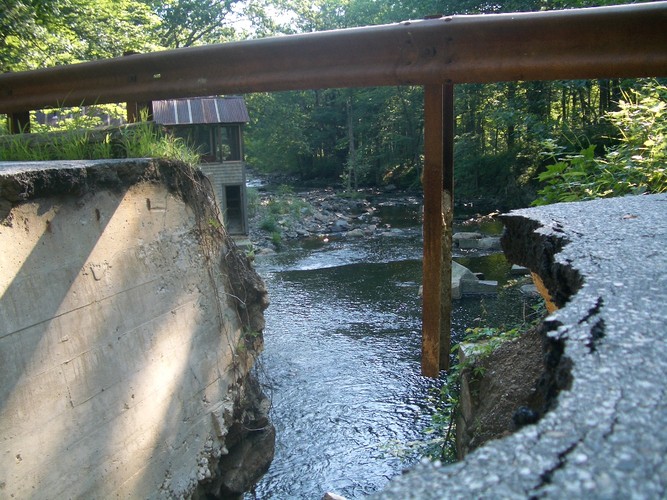The Wrack
The Wrack is the Wells Reserve blog, our collective logbook on the web.
The Wrack is the Wells Reserve blog, our collective logbook on the web.
Develop a disaster response plan for the Wells Reserve and surrounding watersheds that complements and coordinates with local and county efforts and that will serve as a model for other natural resource organizations and agencies.
 Why Do This Project?
Why Do This Project?The Julie N oil spill in Portland Harbor (1996), Mother's Day storm (2006), and Patriot's Day storm (2007) caused extensive environmental and infrastructure damage to the coastal areas of southwest Maine. More recently this region was narrowly spared the great devastation caused by Hurricanes Irene (2011) and Sandy (2012). These events have reinforced that:
July 2013 to December 2014
Disaster Response Plan (planned for December 2014)